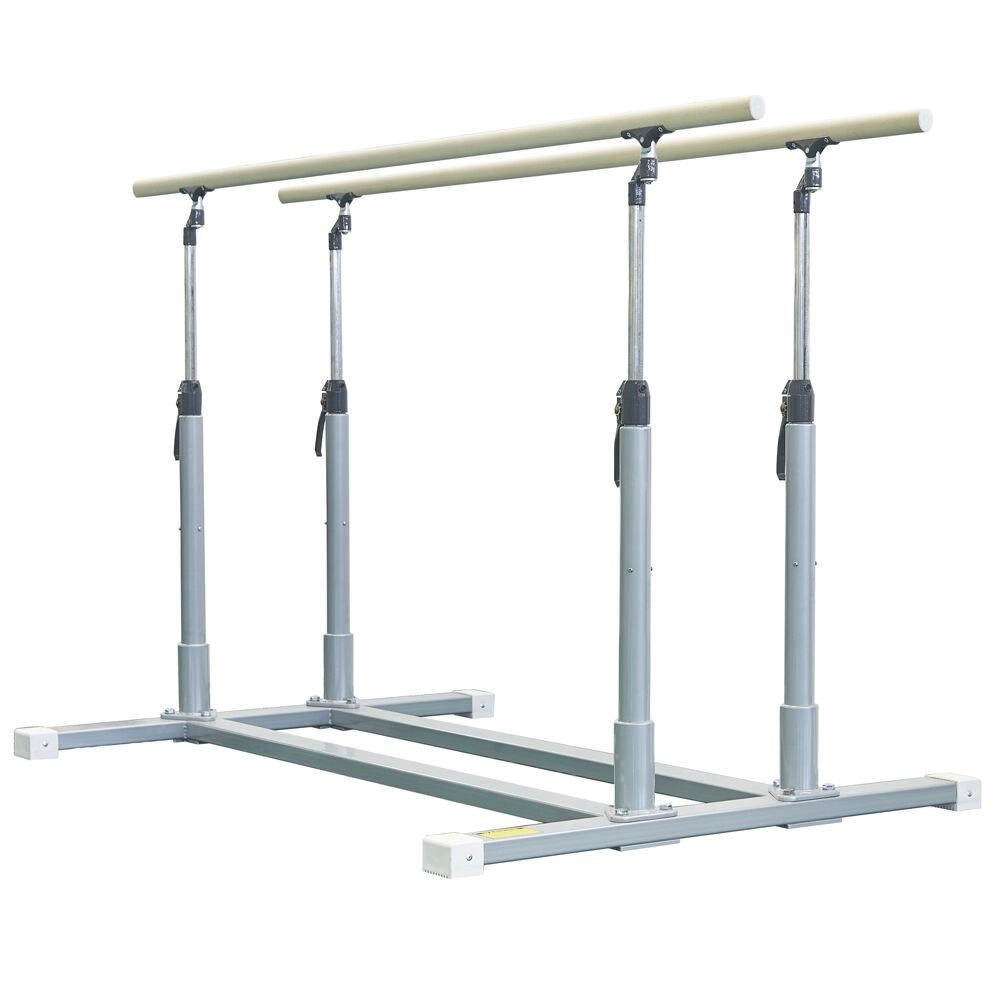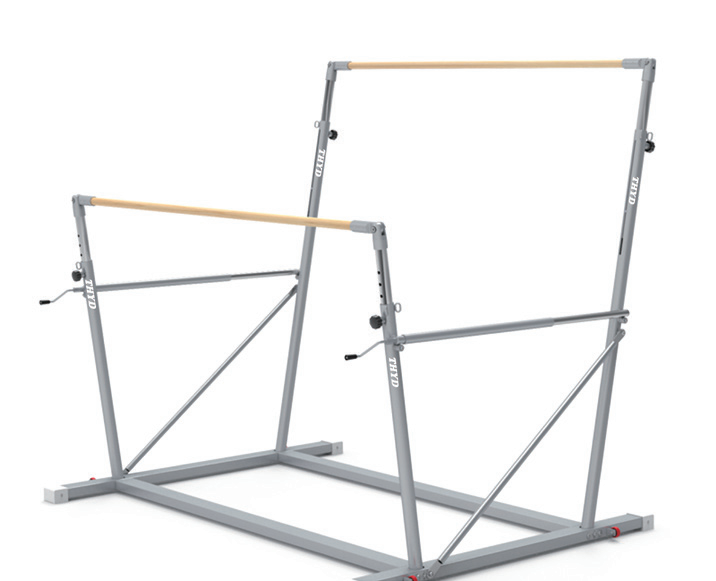men's rhythmic gymnastics
Men's rhythmic gymnastics is a unique and dynamic athletic discipline that combines elements of dance, acrobatics, and artistic expression with specialized apparatus manipulation. This lesser-known variant of rhythmic gymnastics incorporates strength, flexibility, coordination, and artistic presentation into routines that showcase male athletes' capabilities. Athletes perform choreographed routines using various apparatus including clubs, rings, rope, and stick, demonstrating complex movements, throws, catches, and balance elements. The sport emphasizes masculine grace, power, and technical precision while maintaining the artistic elements traditional to rhythmic gymnastics. Competition routines typically last between 70-90 seconds and are performed on a 13x13 meter floor area. Athletes are judged on technical difficulty, execution, artistry, and overall performance quality. The sport originated in Japan in the 1970s and has gained popularity in several Asian countries, though it remains unofficial at the Olympic level. Training involves extensive flexibility work, strength conditioning, apparatus handling skills, and choreography practice, requiring athletes to develop both physical prowess and artistic sensibility.


